Gender: Male - Starting with D
aka: Mike Meyer
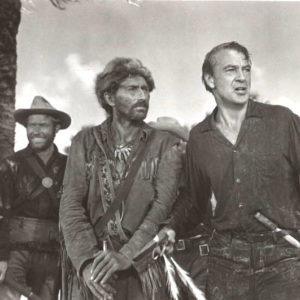 Distant Drums
Distant Drums
Dixon, Giles (Execution of)
Dobbins, Archibald
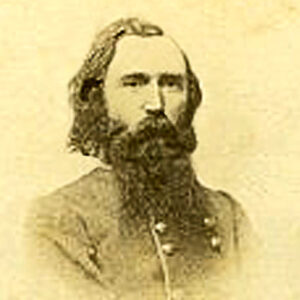 Archibald Dobbins
Archibald Dobbins
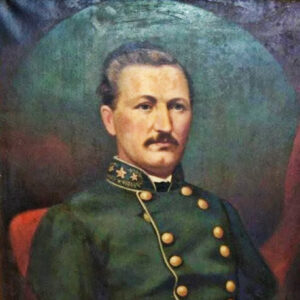 Dockery Portrait
Dockery Portrait
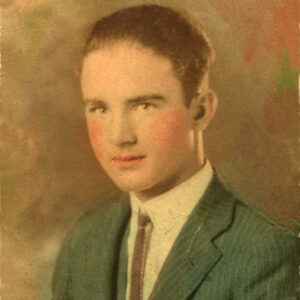 J. O. Dockery
J. O. Dockery
Dockery, Jess Orval
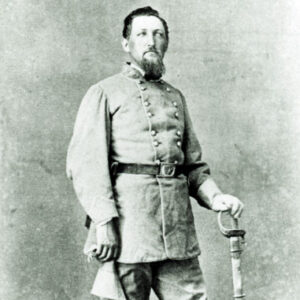 Thomas Dockery
Thomas Dockery
Dockery, Thomas Pleasant
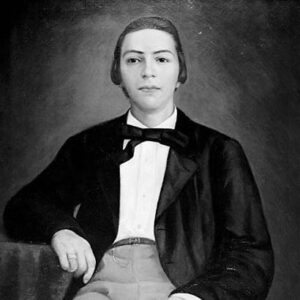 David O. Dodd
David O. Dodd
Dodd, David Owen
Dodd, Frank (Lynching of)
 G. M. Dodge
G. M. Dodge
Dodge, Grenville Mellen
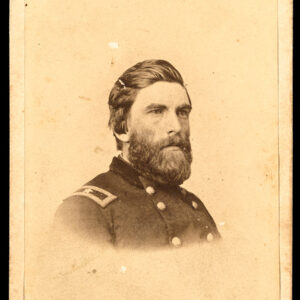 Grenville Mellen Dodge
Grenville Mellen Dodge
 Grenville Mellen Dodge and Regiment
Grenville Mellen Dodge and Regiment
Doke, “Preacher”
aka: Nathaniel Mattox Doke
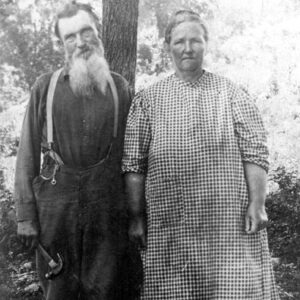 Preacher Doke and Wife
Preacher Doke and Wife
 Dolemite Poster
Dolemite Poster
Dombek, George David
 Dome and Chandelier
Dome and Chandelier
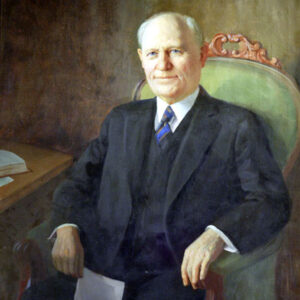 George Donaghey
George Donaghey
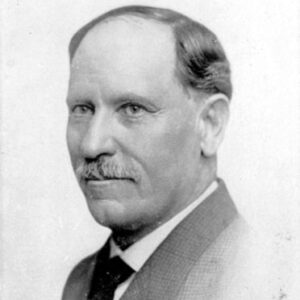 George Donaghey
George Donaghey
Donaghey, George Washington
 Donald Harington
Donald Harington
Donaldson, Jeffrey Richardson (Jeff)
 Jeff Donaldson
Jeff Donaldson
 Will P. Donnell
Will P. Donnell
Donnelly, Robert (Lynching of)
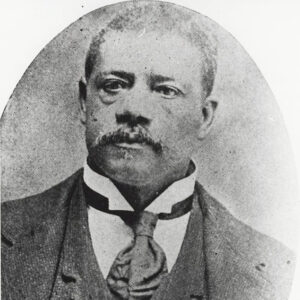 J. N. Donohoo
J. N. Donohoo
Doolin, Bill
aka: William Doolin
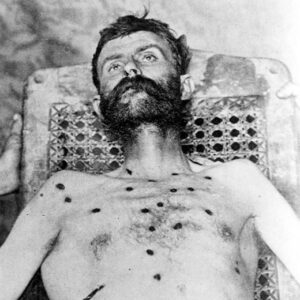 Bill Doolin
Bill Doolin
Dorough, Bob
 Bob Dorough
Bob Dorough
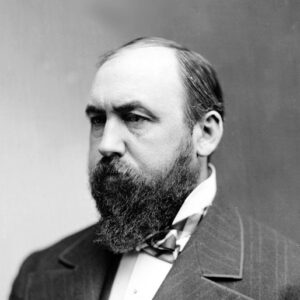 Stephen Dorsey
Stephen Dorsey
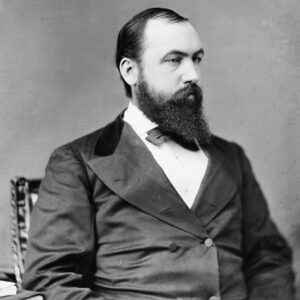 Stephen Dorsey
Stephen Dorsey
Dorsey, Stephen Wallace
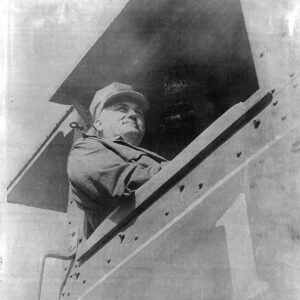 Robert Dortch
Robert Dortch
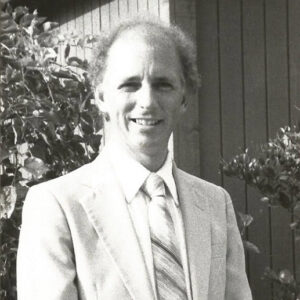 Michael Dougan
Michael Dougan
Doughty, Frank Lorenzo
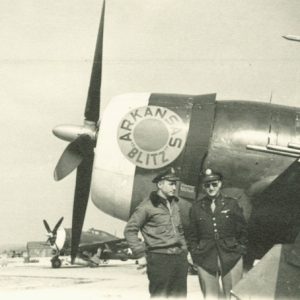 Paul Douglas with His Plane
Paul Douglas with His Plane
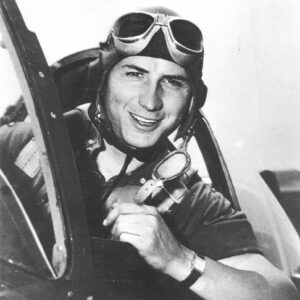 Paul Douglas
Paul Douglas
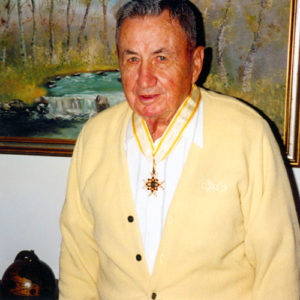 Paul Douglas
Paul Douglas
Douglas, Paul Page, Jr.
Douthit, George Clinton
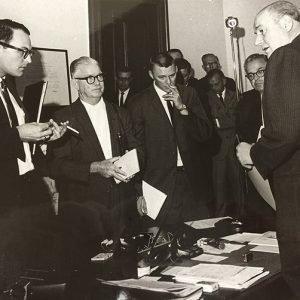 George Douthit, Winthrop Rockefeller
George Douthit, Winthrop Rockefeller
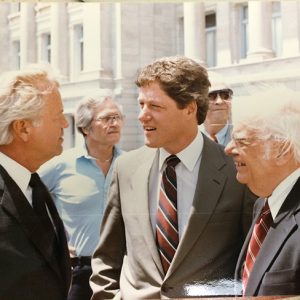 George Douthit and Bill Clinton
George Douthit and Bill Clinton
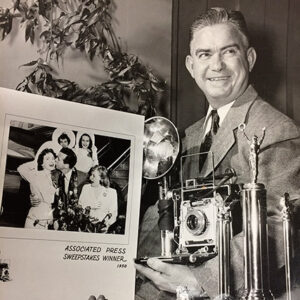 George Douthit
George Douthit
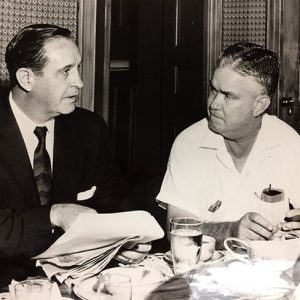 Faubus and Douthit
Faubus and Douthit




